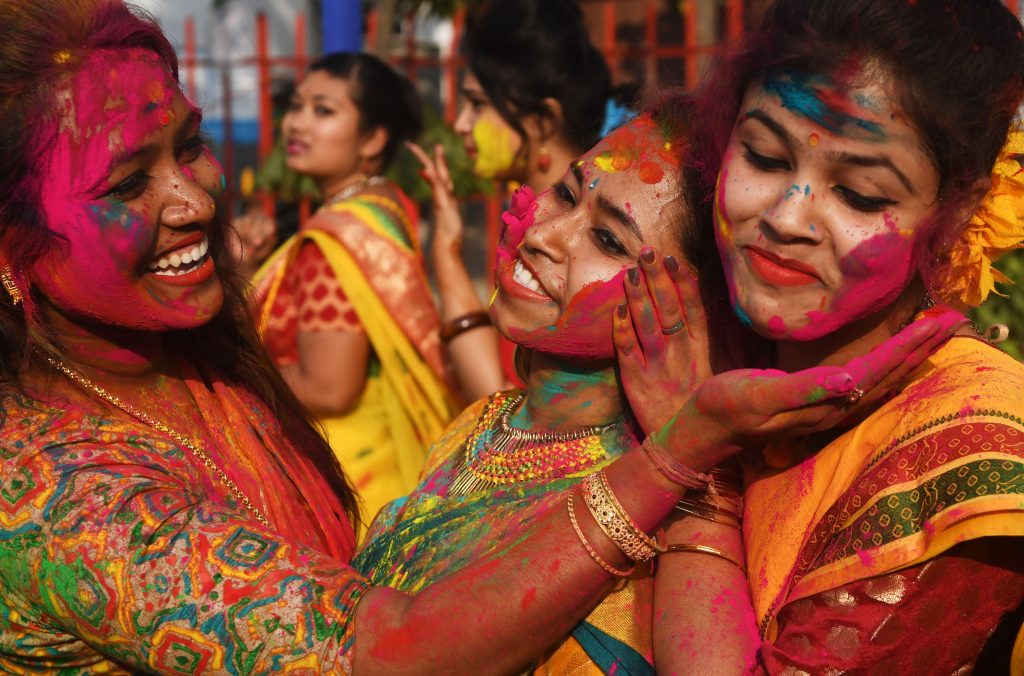Traditionally a Hindu Religious Festival, Holi has become popular among non-Hindus as a celebration of joy, prosperity, happiness, and peace. Although followers observe Holi in various countries around the world, it all began in India, and this is where you will enjoy the best and most immersive Holi celebrations.

Holi is predominantly a North Indian festival. In the south, it is more subdued and centred around the religious rituals. In the Golden Triangle Tourist Circuit (Delhi, Jaipur, Agra) Holi festivities are more bright and euphoric than other regions. Mathura and Vrindavan, where Lord Krishna spent his childhood, are well known for Holi celebrations.

For single travellers and women, in particular, it is not advisable to venture into the party-filled streets alone. For your safety, join a professional tour company such as Agra Beat for a guided Holi experience.
For a regal encounter to remember forever, join in the celebration of Udaipur’s Mewar Royal Family. Bedecked horses and a royal band lead a magnificent palace procession from the royal residence to Manek Chowk at the City Palace. Afterwards, devotees burn an effigy of Holika on the traditional sacred fire.

Many hotels organise Holi parties for guests to enjoy the celebrations in a safe environment. If you’re planning to participate, prepare your skin and hair by applying coconut oil before going out to help prevent colour stains.
The essence of Holi is to commemorate the victory of good over evil. The demoness Holika was destroyed through the assistance and intervention of Lord Vishnu – Hindu god of preservation, who then transformed himself into Narasimha – half human and half lion – to kill Holika’s brother the demon king Hiranyakashyap. The bonfire lighting on the eve of Holi is called Holika Dahan and pays tribute to this event. The exuberant street party and colour throwing festivities became known as the “festival of colours” because of the young Lord Krishna’s habit of teasing the village girls with water and colours. In some regions, Holi honours the divine love of Radha for Krishna. Unlike most other festivals, the colour festival has no required religious rituals and is all about letting go of one’s restraints and just having fun, making Holi a popular celebration amongst visitors from around the world.

Holi activities begin on the evening of the full moon, with purification rituals and bonfires. The following morning, India comes alive as everyone makes their way into the streets to play Holi, with a riot of colour filling the air. The excitement is tangible as children and adults, locals and foreigners, join in the colourful party. Modern metallics and bright hues, vibrantly coloured water balloons, and coloured water now supplement the traditional natural colour powders used for centuries. Amid the joyous celebration, everyone unites in a rainbow-hued cloud, smearing coloured powders on each other’s faces and drenching the crowds with sprays of coloured water.

The dates for Holi vary from year to year. In most of India, Holi occurs at the end of winter, on the day after the full moon in March. This year, Holika Dahan (prayers and bonfires) are on the 20th March, with the colour festival on the 21st.





